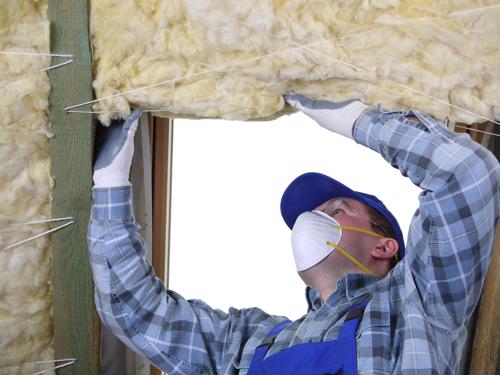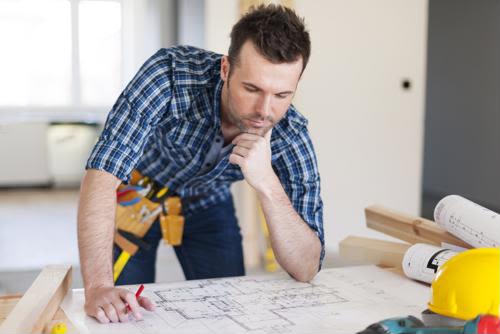- Home
- Resources
- Amerhart Insider Blog
- Construction & Design Trends
- How to go green with insulation
How to go green with insulation
 At Amerhart, a significant focus is placed on protecting the environment. While some still debate the causes of climate change, we believe that a responsible company must ensure that all reasonable precautions are taken. We also believe that a beautiful home or building is one built with the surrounding landscape in mind, designed to further highlight nature rather than polluting and replacing it.
At Amerhart, a significant focus is placed on protecting the environment. While some still debate the causes of climate change, we believe that a responsible company must ensure that all reasonable precautions are taken. We also believe that a beautiful home or building is one built with the surrounding landscape in mind, designed to further highlight nature rather than polluting and replacing it.
With this is mind, Amerhart understands that there are many facets to green construction. As a contractor, you’re likely to deal with some more than others. One important aspect of eco-friendly home design is insulation. This interior padding is vital in many environments, especially in areas that see wide swings in temperature. As you discuss insulation options with your clients, make sure they understand the value in choosing the right material.
The innate environmental value of insulation
In science class, you may have learned that heat always rises. Well, that’s not entirely accurate. In a still room, hot air will naturally settle on top of cold air. However, if there is a nearby cold space, heat will rush to attempt to fill that area. For instance, if your client doesn’t have proper insulation on the top floor, then the heat will just flow up and out.
No insulation below a room that sits on top of a garage? The heat will be drained out of that room – unless of course the garage below is completely insulated.
When this happens, your clients are required to spend more on energy bills. But beyond that, they are impacting the environment. The more energy used, the larger the disruption. Even homes that completely run on renewable energy resources such as solar and wind can create some unhealthy byproducts when using too much power.
By using insulation – of any type – homes naturally lower their energy needs and exist in better harmony with their surrounding environments. While your clients may be daunted by the added cost of insulation, try to help educate them on the multiple aspects of cost-savings they’ll see in the future.
Eco-friendly insulation materials
However, while all insulation will help your clients’ homes stabilize in temperature and energy impact, certain substances are less eco-friendly than others. As Care2 pointed out, fiberglass creation utilizes a massive amount of power when compared to other insulation alternatives. In addition, fiberglass can irritate eyes and skin if your client comes in direct contact with it. In short, while fiberglass works – it’s not the safest material on multiple levels.
According to Elemental Green, environmentally friendly insulation includes denim, sheep’s wool, ThermaCork, and Aerogel. These components don’t use dangerous substances like formaldehyde and often make use of recycled goods. Like all good insulations, they also offer moisture absorbent protection and work to keep homes warm in winter while cool in summer. Your clients may be started to learn that the same material that keeps him or her warm can also work in the walls of a home.
Cellulose is also making headlines. This type of insulation is made from 85 percent recycled paper, according to the Cellulose Insulation Manufacturers Association. It also requires very little power to make, having one of the lowest embodied energy ratings among the leading insulation options.
As you and your clients work in tandem, make sure you’re giving them all the information needed to create a beautiful home that exemplifies a sustainable lifestyle.





















